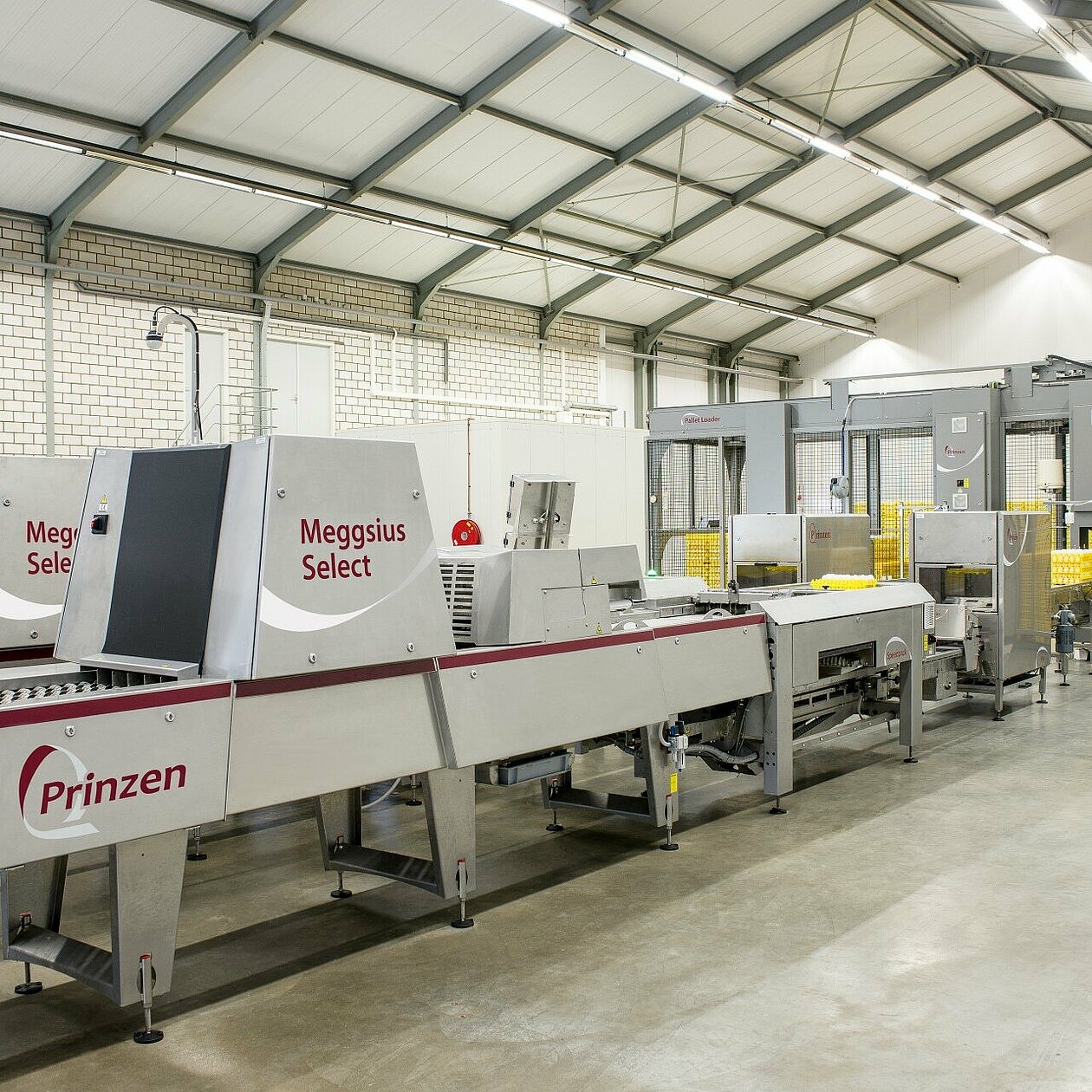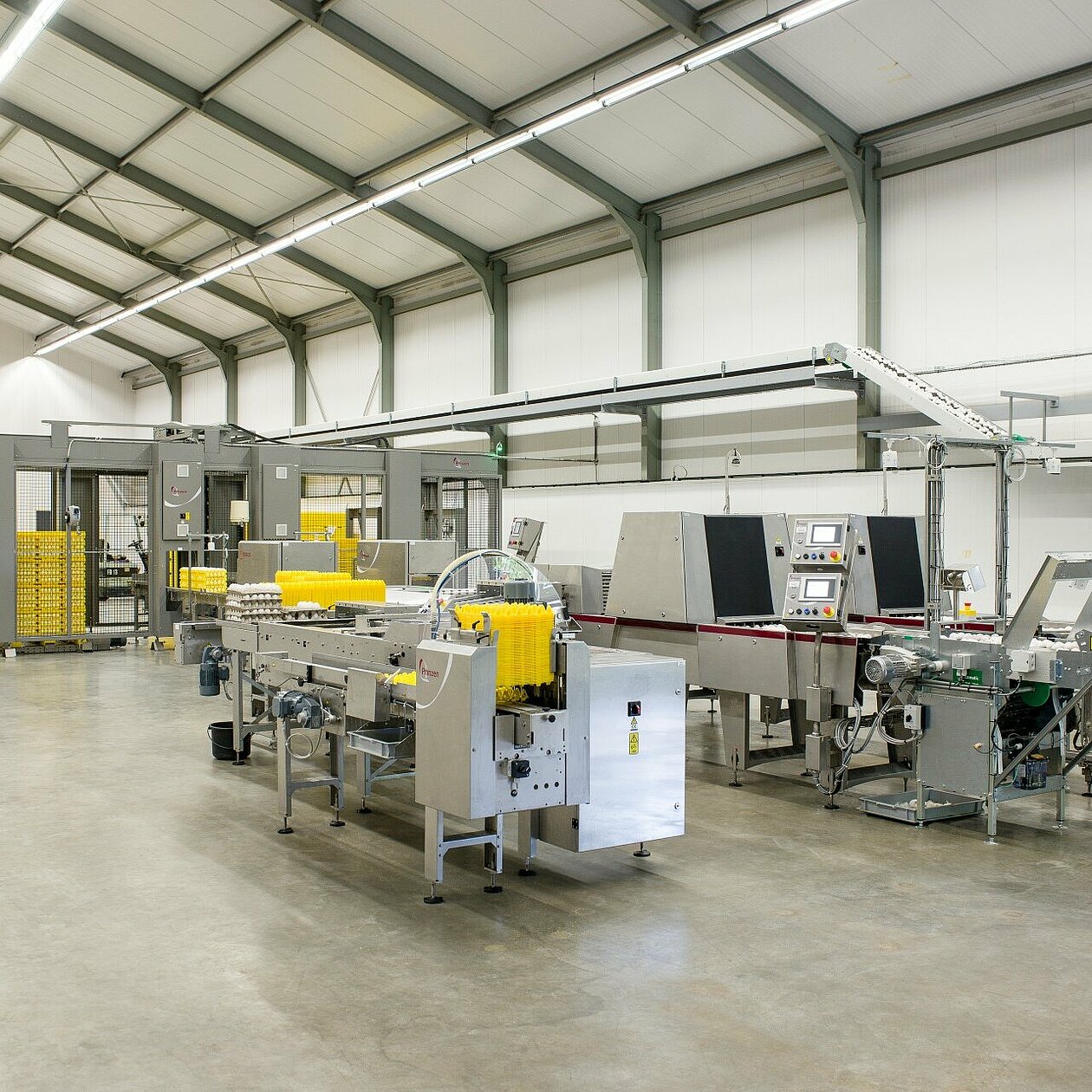Vencomatic Group uses AI for sustainable poultry farming and healthy animals

Vencomatic builds barn equipment for the poultry industry. Its services are aimed at consumption eggs, hatching eggs and broilers. “Our barn equipment sets us apart from other suppliers because of our continuous focus on animal welfare and sustainability,” says Product Manager Data & System Integration Dennis Hoeks. “We do this by building our systems around the animals. Our starting point is what is best for the animals, because keeping healthy animals is better for everyone. For the animals, the farmer and the consumer. ”
More sustainable sector by optimizing performance
“Healthy animals means less use of antibiotics, optimal feed conversion and optimal yields. We try to objectify that on the basis of data. In the Netherlands and Europe we have come a long way when it comes to this type of measurements, but our customers are spread all over the world. The differences are huge. We try to take modern poultry farmers a step further in their performance and we also try to reduce the global differences and thus contribute to a more sustainable sector. ”

Unprecedented gains lie in software, data and AI application
“In recent years Vencomatic has made a shift from hardware to software. When systems are installed and you have a solid base, software will play an increasingly important role and that is precisely where unprecedented gains can be made. In the poultry industry you can measure all kinds of things with the help of, for example, sensor technology and vision technology, such as the size of eggs, the number of eggs, animal loss, feed consumption, stable conditions, climate, heat. You can link all that data, analyze it and use findings to optimize your processes. ”
Use Artificial Intelligence to measure the quality of eggs
“Of course you cannot measure and analyze everything at the same time. That is why we started with the egg grading machines because we have already automated this extensively. We use vision technology to count eggs and a quality measuring machine to determine the quality of eggs. In addition to the size of the egg, you can check, for example, whether blood or feathers stick to the eggs. We also know the location in the barn where the eggs were laid. Because the technology records all observations, you can really quantify behavior and observations. If it turns out that the eggs that were laid in the back of the barn, are of higher quality than the ones in front, you can determine why. "
Only integrated datasets turn into gold
“Only when you link all the information together, what you get from data becomes really valuable. Then you will improve your production. We are now applying AI at sensor level to ensure that the technology recognizes the eggs. We have succeeded in having AI interpret larger datasets. In doing so, we try to go further than interpretation but we try to let the system learn from what it finds. With a set of instructions, the system must be able to process the information by itself, condense it and come up with advice. The poultry farmer is then handed the steps he can take to increase the return on a silver platter. Ultimately, it is his choice. This also prevents an ethical dilemma from occurring when it comes to the life or death of chickens. "
More room for focus on improvement through AI
“The big advantage of AI is that you can automate the low-skilled work, giving the poultry farmer more room to fully utilize the improvement potential and prevent waste. Because the recurring work is automated, he or she can see that potential too. When you get lost in the daily routine, there is a chance that you lose sight of the bigger picture ”

Applying AI requires different competences
“Applying AI requires a lot of patience. As a company and sector, we first have to catch up when it comes to digitization. The previous generation of systems is still analogue, it must be replaced first, but that requires substantial investments by poultry farmers. You only do that once every ten to twenty years. Up till recently, we have primarily been a mechanically oriented company. But we are convinced that the future lies in software, data and AI. Now that this is going to play such an important role, we have to think differently and attract other competencies. That is also what we have been doing in recent years. ”
Talent required to shape transition
“In 2019 I was asked to guide the transition we are going through. A complete R&D department has been set up, which now consists of about fifteen to twenty people, including various software developers for OT as well as IT applications and infrastructure. And we need even more enthusiastic and driven people. Developments around big data and AI are still in their infancy, but we can really make a difference in the world with this and you have a lot of freedom and room for initiative and development here. We have set up a complete digital infrastructure and a cloud environment. Our main challenges now are to show results and to develop and convince the market at the same time. Poultry farming is a fairly conservative sector, so you have to be able to demonstrate the benefit. ”
Collaborate with experts in data and AI
“We are pioneering. To move forward, we among others, work closely together with Wageningen University. We have also spoken with other institutes, but you notice that it becomes easier when there is already some sector-specific knowledge available when we talk about AI applications. We are now also experimenting a bit with the use of mathematics students for specific problems. By brainstorming with them and letting them experiment, good results already have been achieved in an accessible way. I certainly see a lot of potential in this for the future. Examples from other sectors, such as the high-tech manufacturing industry, serve as a source of inspiration for me. We are simultaneously deploying so much innovation that I benefit from success stories and use cases on very specific topics such as next level data and control architecture or dealing with areas where there is no internet, for example. But the main factor that takes us further is talent. Wildly enthusiastic, driven, smart IT-professionals and techies should come and visit us. You get all the freedom you need to do the most beautiful things here. “